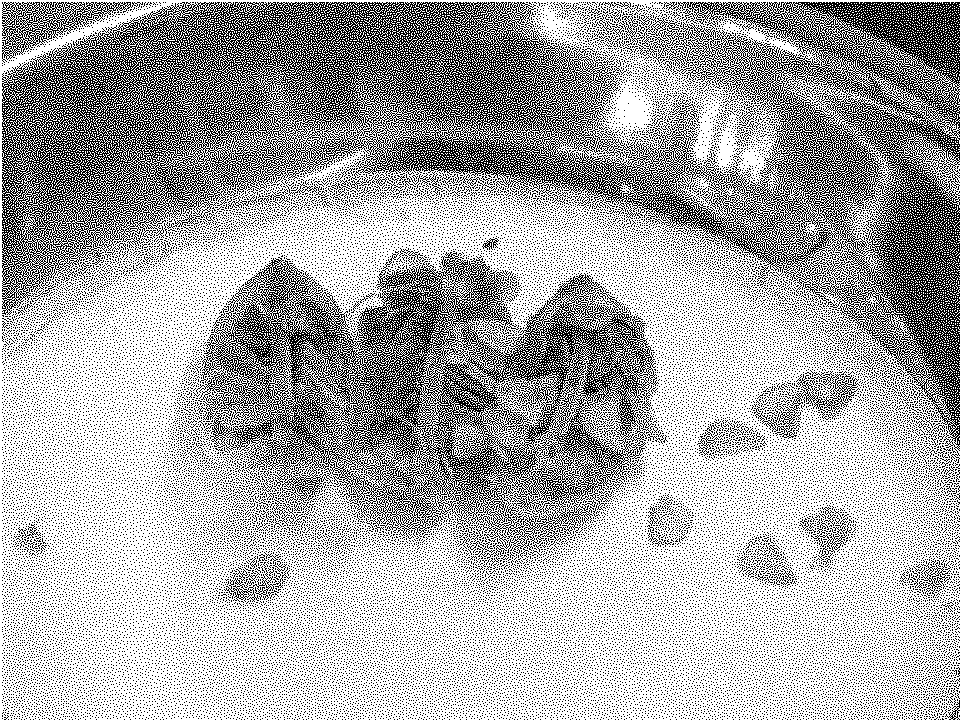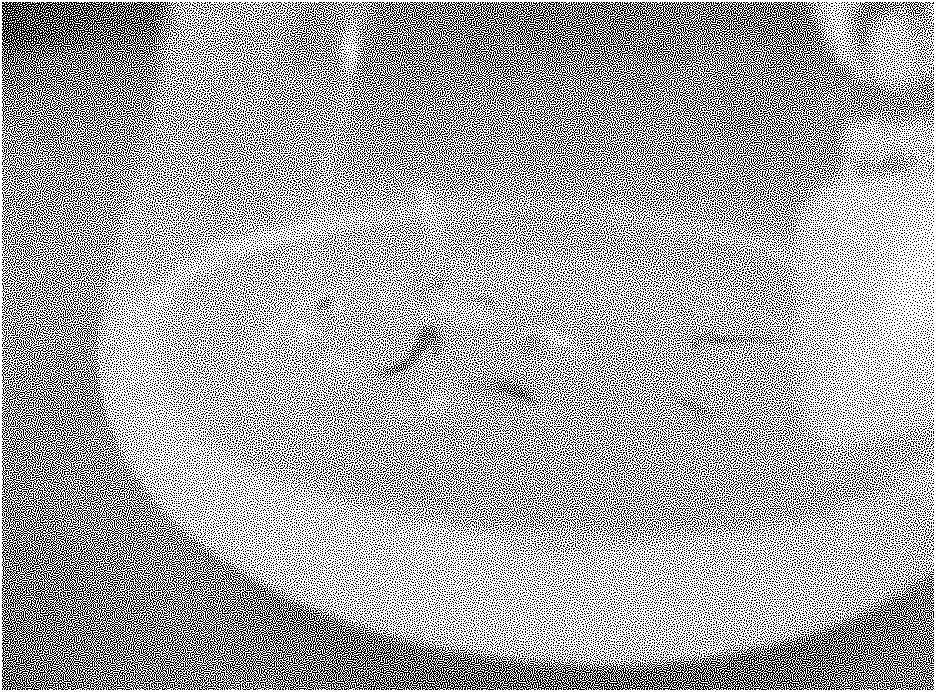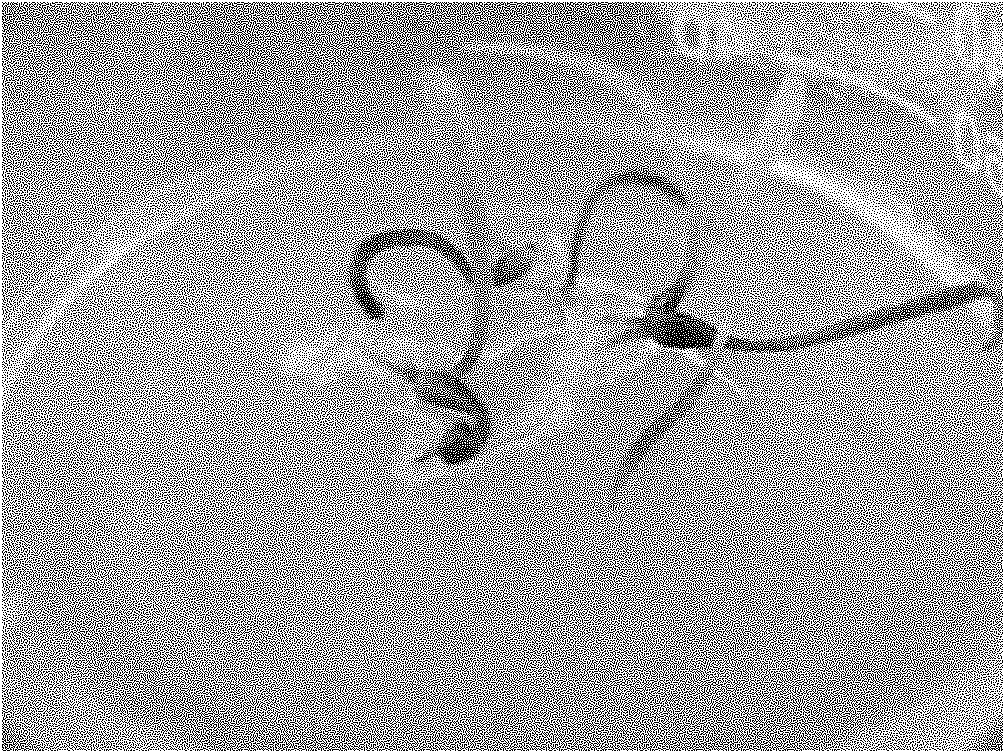In vitro culture method for hybrid embryos of lilies
An in vitro culture, hybrid embryo technology, applied in horticultural methods, botanical equipment and methods, horticulture and other directions, can solve the problems of easy graying or browning and rot of roots, small swelling of bulbs, low survival rate, etc., and achieve easy peeling. , the number of rooting, the effect of high germination rate
- Summary
- Abstract
- Description
- Claims
- Application Information
AI Technical Summary
Problems solved by technology
Method used
Image
Examples
Embodiment 1
[0032] 1) Pick the ovary obtained from the hybridization of 'Siberia'×'Happy Birthday' that was expanded 60 days after pollination, wash it with running water for about 40 minutes, then soak it in 75% alcohol for 30 seconds under sterile conditions, and rinse it with sterile water for 3 times, Soak in 0.1% mercuric chloride solution for 15 minutes, rinse with sterile water for 3 times, 5 minutes each time; (2) cut the ovary along the carpel line with a scalpel on a plate covered with filter paper under aseptic conditions ( figure 1 ), select seeds with embryos therein; (3) use a scalpel to gently cut a small opening in the seed coat, and then pick out the seed embryos with a dissecting needle, paying attention to maintaining the integrity of the embryos.
[0033] 2) Inoculating the stripped hybrid embryos on the most suitable in vitro germination medium, the specific steps are: (1) preparing the medium. The formula of the in vitro germination medium is MS+NAA 0.01mg / L+sucrose ...
Embodiment 2
[0036]1) Extract the ovaries obtained from the hybridization of 'Bernini'×'Leodo' and 'Leodo'×'Siberia' which were inflated 70 days after pollination, wash them with running water for about 50 minutes, and then under aseptic conditions Soak in 75% alcohol for 20s, rinse with sterile water for 5 times, then soak in 0.1% mercuric chloride solution for 10 minutes, rinse with sterile water for 5 times, each time for 5 minutes; Use a scalpel to cut the ovary along the carpel line, and select the seeds with embryos in it; (3) use a scalpel to gently cut a small opening in the seed coat, and then pick out the embryos with a dissecting needle, paying attention to keeping the embryos intact. integrity.
[0037] 2) Inoculating the stripped hybrid embryos on the most suitable in vitro germination medium, the specific steps are: (1) preparing the medium. The formula of the isolated germination medium is MS+NAA 0.1mg / L+sucrose 3%+agar 0.6%, pH 5.8, with 150ml Erlenmeyer flask, the volume ...
Embodiment 3
[0040] The hybrid seedlings obtained in Examples 2 and 3 were cultured in vitro for 4 months and transferred to the proliferation medium. The specific steps are: (1) Prepare the medium. The formula of the proliferation medium is MS+NAA0.1mg / L+6-BA2.0mg / L, 3% sucrose, 0.6% agar, pH 5.8. Use a 250ml orchid vase, and the volume of the medium in each orchid vase is about 60ml; (2) Under sterile conditions, cut off the leaves of the seedlings and inoculate them on the proliferation medium, and inoculate 4 to 5 A small bulb, placed at 22°C, cultured under light conditions, light intensity 1500Lx, light time 12h·d -1 . During the culture period, the medium was changed every 3 months.
[0041] The results showed that the multiplication rates of hybrid seedlings of ‘Bornini’בLeodo’, ‘Leodo’בSiberia’ and ‘Siberia’בHappy Birthday’ were all more than 5 times ( Figure 4 ).
PUM
 Login to View More
Login to View More Abstract
Description
Claims
Application Information
 Login to View More
Login to View More - R&D
- Intellectual Property
- Life Sciences
- Materials
- Tech Scout
- Unparalleled Data Quality
- Higher Quality Content
- 60% Fewer Hallucinations
Browse by: Latest US Patents, China's latest patents, Technical Efficacy Thesaurus, Application Domain, Technology Topic, Popular Technical Reports.
© 2025 PatSnap. All rights reserved.Legal|Privacy policy|Modern Slavery Act Transparency Statement|Sitemap|About US| Contact US: help@patsnap.com



